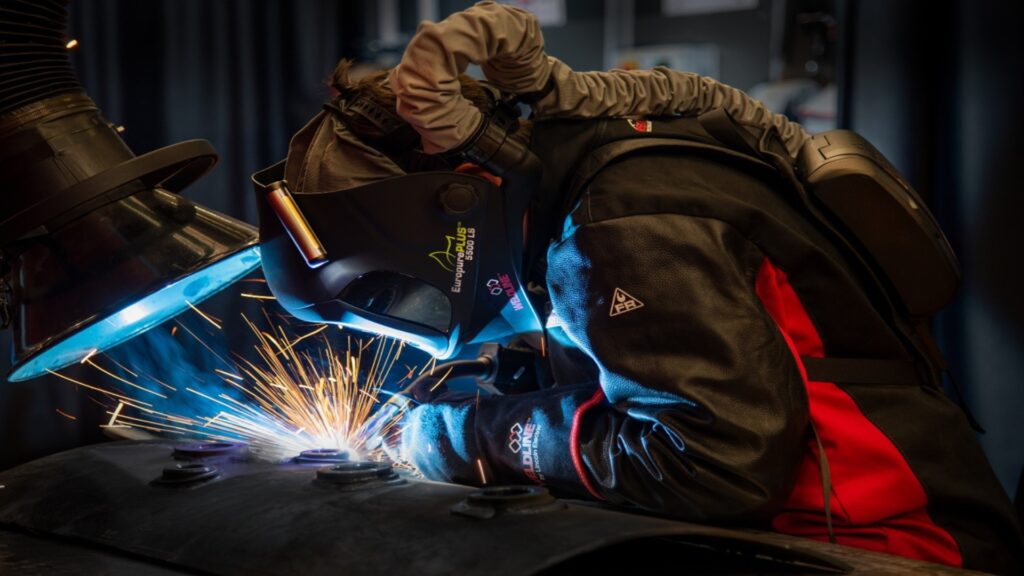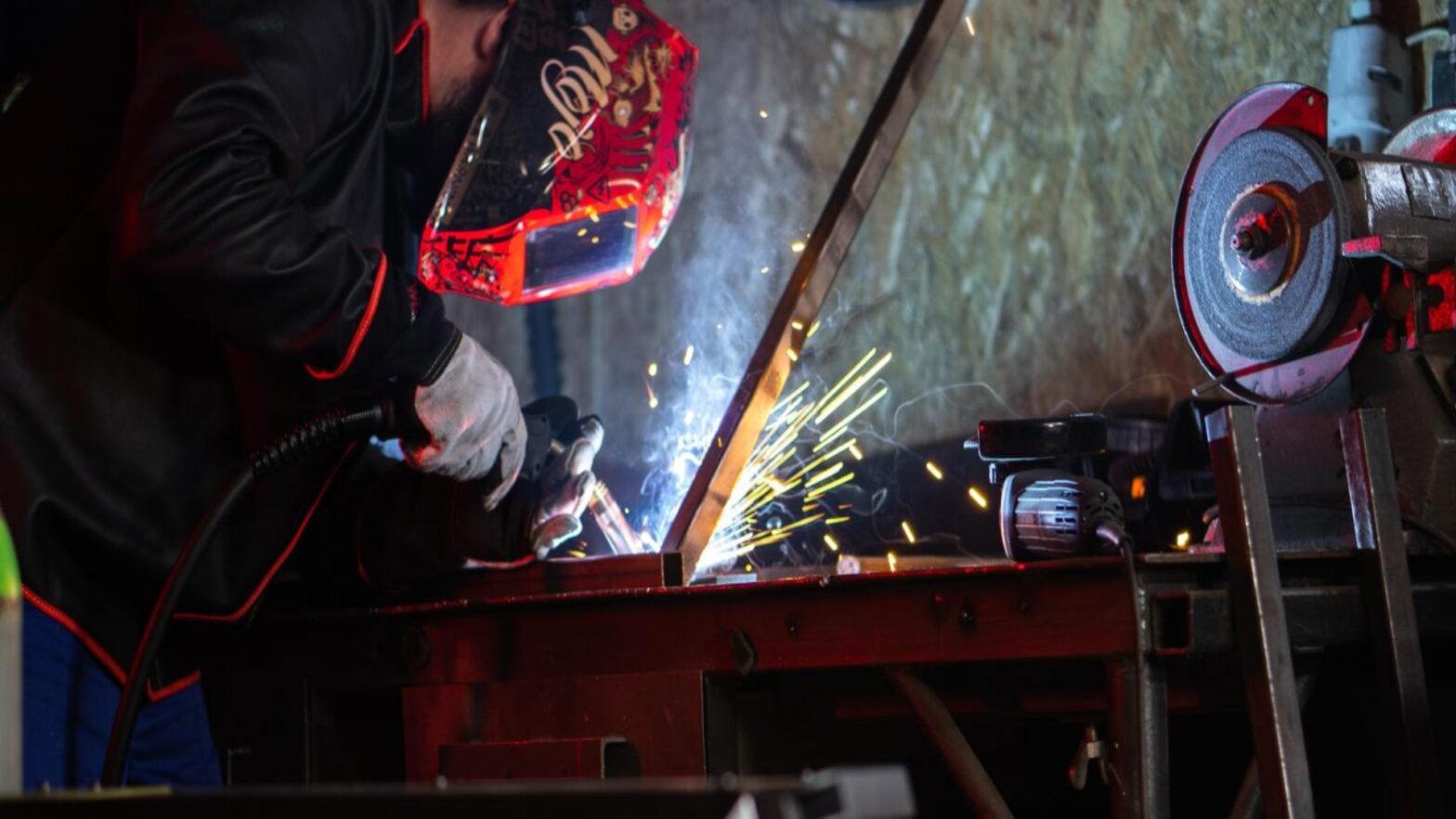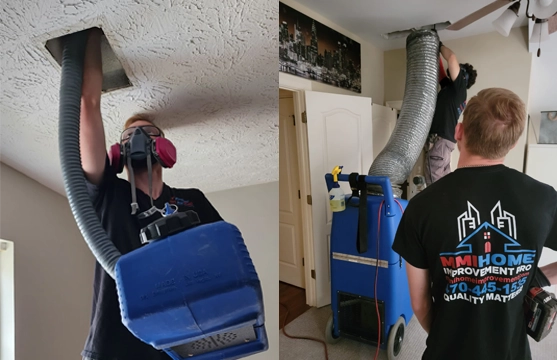Welding is a vital part of modern industry, enabling the construction and repair of everything from buildings to machinery. However, it carries inherent risks. Following proper safety measures and best practices is essential to safeguard welders, their teams, and work environments while achieving high-quality results.
Common Hazards in Welding
Welding exposes workers to hazards such as ultraviolet (UV) radiation, electrical shocks, toxic fumes, and fire risks. Awareness of these dangers is critical for safety. For example, welding arcs emit intense UV radiation, causing severe eye injuries and burns if proper protection is not used. Additionally, prolonged exposure to welding fumes can lead to serious respiratory health issues.
Mitigating these risks requires proper personal protective equipment (PPE), including:
- Helmets with auto-darkening filters.
- Heat-resistant gloves and full-body protective clothing.
- Respiratory protection and fume extraction systems.
Learn More About Welding Safety
For detailed insights into welding safety practices and access to professional-grade tools, visit Lincoln Electric. Explore expert advice, the latest industry updates, and innovative solutions designed to improve safety, efficiency, and productivity in welding operations.
Best Practices for Welding Safety
Welding safety goes beyond simply wearing personal protective equipment (PPE). Maintaining a clean, organised workspace is essential for minimising accidents. Remove flammable materials from the welding area, and always keep fire extinguishers within easy reach. Regularly inspect equipment to ensure it remains in safe working condition.
When welding in confined spaces, additional precautions are necessary. Monitor oxygen levels, ensure proper ventilation, and establish clear communication with team members to prevent accidents in these high-risk environments.
The Importance of Training and Technology
Comprehensive training and certification programs are vital to ensuring welders have the skills and knowledge to work safely. Certification not only validates competency but also reinforces adherence to industry safety standards, reducing workplace risks.
Technology is equally crucial in enhancing welding safety. Automated welding systems and real-time monitoring tools minimise human exposure to hazardous conditions while improving precision and productivity. Organisations that invest in advanced welding technologies foster safer, more efficient workplaces.
Ensuring Mental and Physical Well-being
Welding is a physically demanding profession that can significantly impact a worker’s health over time. To maintain long-term career success and quality of life, welders must prioritise both their mental and physical well-being. Taking regular breaks, making ergonomic adjustments to workspaces, and accessing health programs are essential for reducing fatigue and preventing musculoskeletal injuries.
Equally important is mental health. Employers can create a supportive workplace by providing resources like counseling, stress management programs, and mental health awareness initiatives, fostering a healthier and more productive workforce.
Fostering a Safety-First Culture
Creating a safety-first culture is a collective responsibility. Employers should prioritise safety by fostering an environment where employees feel empowered to identify and report risks without hesitation. Regular training sessions, safety drills, and open lines of communication are essential for building this mindset.
By adopting these strategies, the welding industry can uphold high productivity standards while ensuring the health, safety, and well-being of its workforce.
Conclusion: Prioritising Safety for a Stronger Welding Industry
Commitment to safety is the foundation of a successful and sustainable welding industry. By understanding and mitigating common hazards, using proper personal protective equipment, maintaining organised workspaces, and leveraging training and technology, welders and employers can significantly reduce risks. Organisations can protect their workforce while maintaining efficiency and productivity. A focus on physical and mental well-being, combined with fostering a safety-first culture, ensures not only the health of workers but also builds a stronger, more sustainable industry where safety remains at the forefront.



































